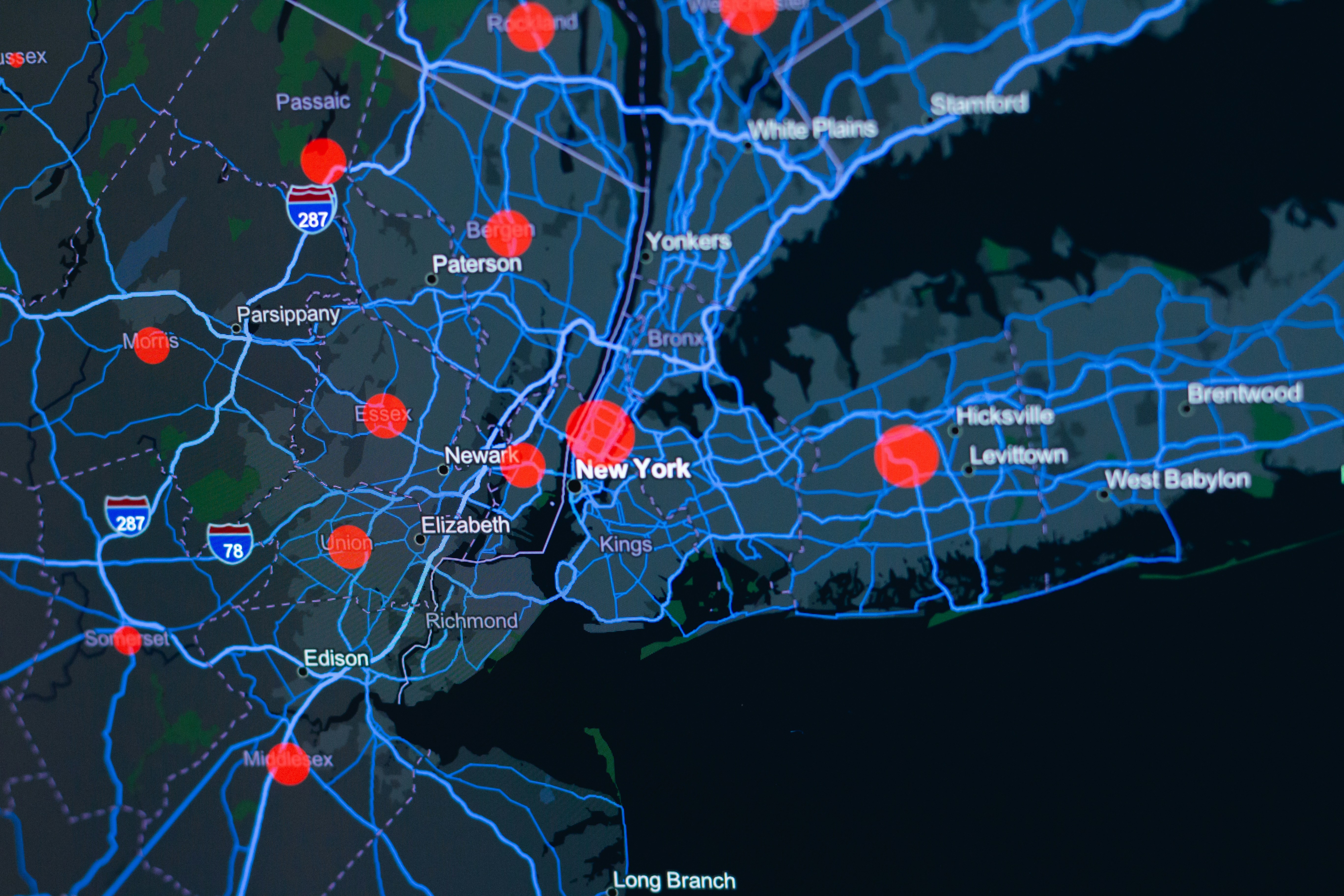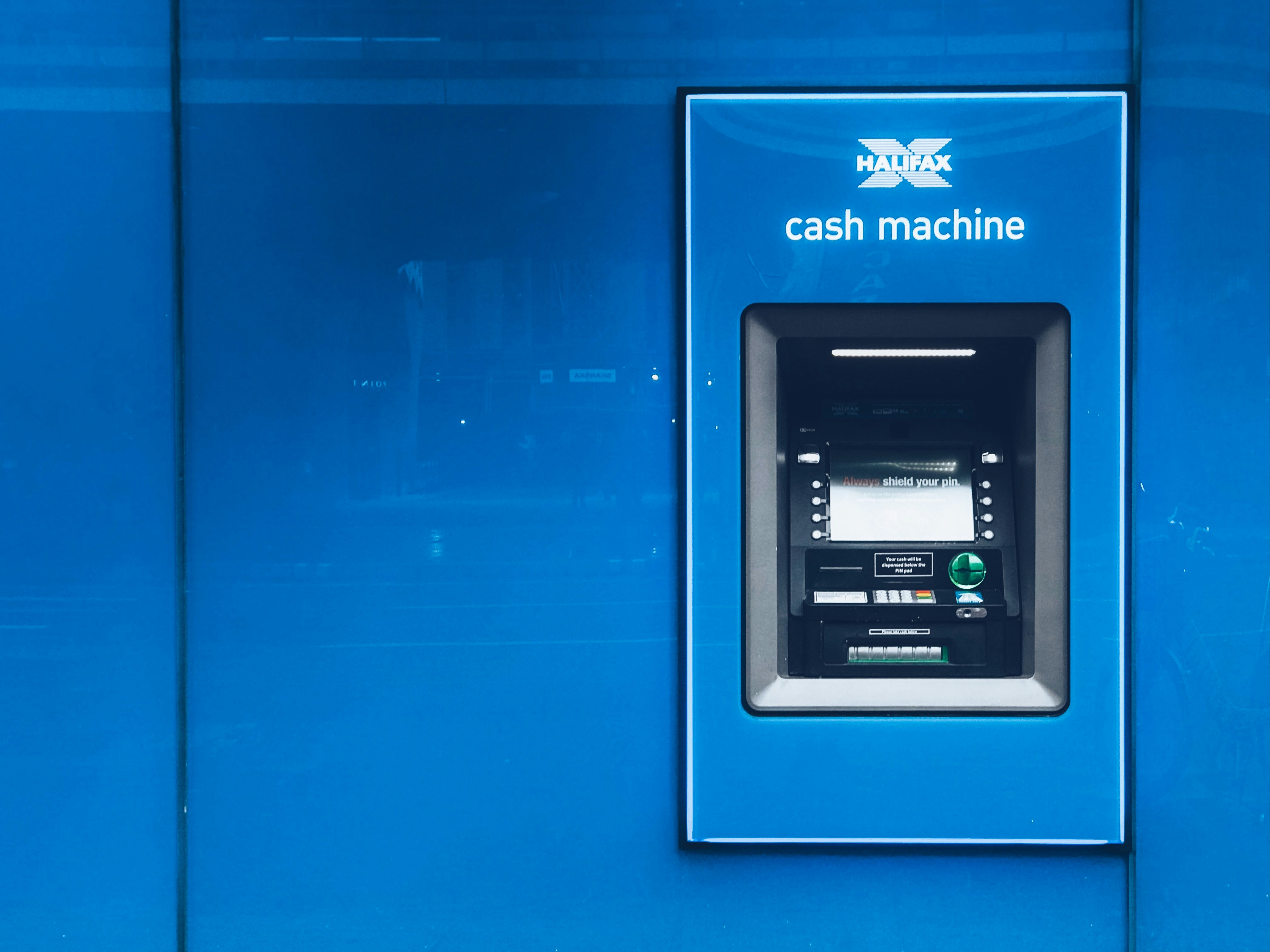CFPB Taskforce Release Report on Federal Financial Law
A Consumer Financial Protection Bureau (CFPB) Taskforce Report on Federal Financial Law urges Congress to allow credit unions to serve underserved areas.


Recommendations include urging Congress to allow credit unions to serve underserved areas.
In the first week of January, a Consumer Financial Protection Bureau (CFPB) taskforce issued its two-volume, nearly 900-page report on how to improve consumer financial protection. Commissioned twelve months earlier, the initiative was in part inspired by the National Commission on Consumer Finance, which encourages watchdogs and government agencies to provide ongoing research and recommendations as to how consumer finance and credit is managed, as well as how services are provided.
Now more than ever, access to credit and finance is crucial. This is especially true for those in areas where there are few banks, or where some consumers simply don't have access to financial institutions at all.
What does this mean for credit unions?
Several of the CFPB Taskforce’s recommendations focused on credit unions.
Compared to traditional financial institutions, credit unions can be ideal for those who have either never had a bank account, or for any number of reasons cannot use traditional financial institutions. Too many Americans fall into the category of being "unbanked," and this is where credit unions can make a big impact.
“Credit unions have important potential to serve unbanked consumers,” the report reads. “Currently, only one credit union charter type, the multiple common bond charter, can serve underserved communities outside their common-bond membership. The Taskforce is unable to discern a logical reason for excluding certain credit unions from serving underserved areas simply because of the terms of their common bonds.”
Actions are quickly being taken based on the findings, as CFPB Director Kathleen L. Kraninger noted: “The Bureau is already committed to many of the recommended ideas presented in the report. The Taskforce recommendations help define and illuminate our current path.”
Should these recommendations be implemented, the impact on credit unions would be potentially massive as it would allow for institutions to serve much wider territories and reach customers they presently cannot. It would also give consumers more options and help give people a way into the financial system. This means unbanked consumers in underserved areas could finally have access to checking and savings accounts, as well as to credit.
What does the CFPB Taskforce recommend?
More than 100 recommendations have been put forth to the CFPB, Congress, and state and federal regulators. All proposals are designed to improve and enhance consumer access to finance, such as allowing credit unions to serve underserved areas, and to strengthen financial protections already in-place.
Some of the key suggestions were highlighted in the CFPB’s press release:
- Authorize the Bureau to issue licenses to nondepository institutions that provide lending, money transmission, and payment services;
- Expand access to the payment system by unbanked and underbanked consumers and ensure consistent treatment by applying the same rules to similar financial products;
- Identify competitive barriers and make appropriate recommendations to policymakers and regulators for expanding access to the payment systems by nonbank providers;
- Research and develop policies tailored to the unique challenges of formerly incarcerated people, and work with state and federal authorities to improve protection of this population;
- Research and develop policies to address problems of financial inclusion in rural communities;
- Facilitate creditor access to immigrants’ credit information prior to their arrival in the United States in order to use that information in credit decisions;
- Research consumer reporting issues that arise in connection with a consumer’s bankruptcy;
- Consider the costs and benefits of pre-empting state law where conflicts impede the provision of valuable products and services, such as the regulation of FinTech companies engaged in money transmission;
- Identify opportunities to coordinate regulatory efforts. For example, the Bureau and prudential regulators should eliminate overlapping examination subject areas and reconcile inconsistent examination standards that unnecessarily expend multiple resources and can cause confusion;
- Continue to increase dialogue with state regulators to bridge knowledge gaps and streamline regulation;
- Work with other agencies to create a unified regulatory regime for new and innovative technologies providing services similar to banks;
- Establish independent review of the Bureau’s regulatory cost-benefit analyses by staffing an office of cost-benefit analysis at the Bureau and or by submitting its analysis to OIRA for review;
- Evaluate any positive or negative effect on inclusion as part of the Bureau’s cost-benefit analysis as appropriate;
- Exercise caution (a recommendation for the Bureau, Congress, and other federal and state regulators) in restricting the use of nonfinancial alternative data, which can be very useful indicators of creditworthiness;
- Clarify the obligations of CRAs and furnishers with respect to disputes under the FCRA;
- Assess periodically the accuracy and completeness of consumer credit reports.
What is the political response to the report?
The Biden Administration may not be favorable to every aspect of this report, given it was completed by the Trump Administration. Likewise, new leadership at the Bureau may not want to implement all recommendations as the current financial landscape continues to shift. Credit unions will thus have to wait and see precisely which changes are carried out in order to truly understand the impact of the report's release on the industry.
CFPB













.png)





.png)



.png)



















































